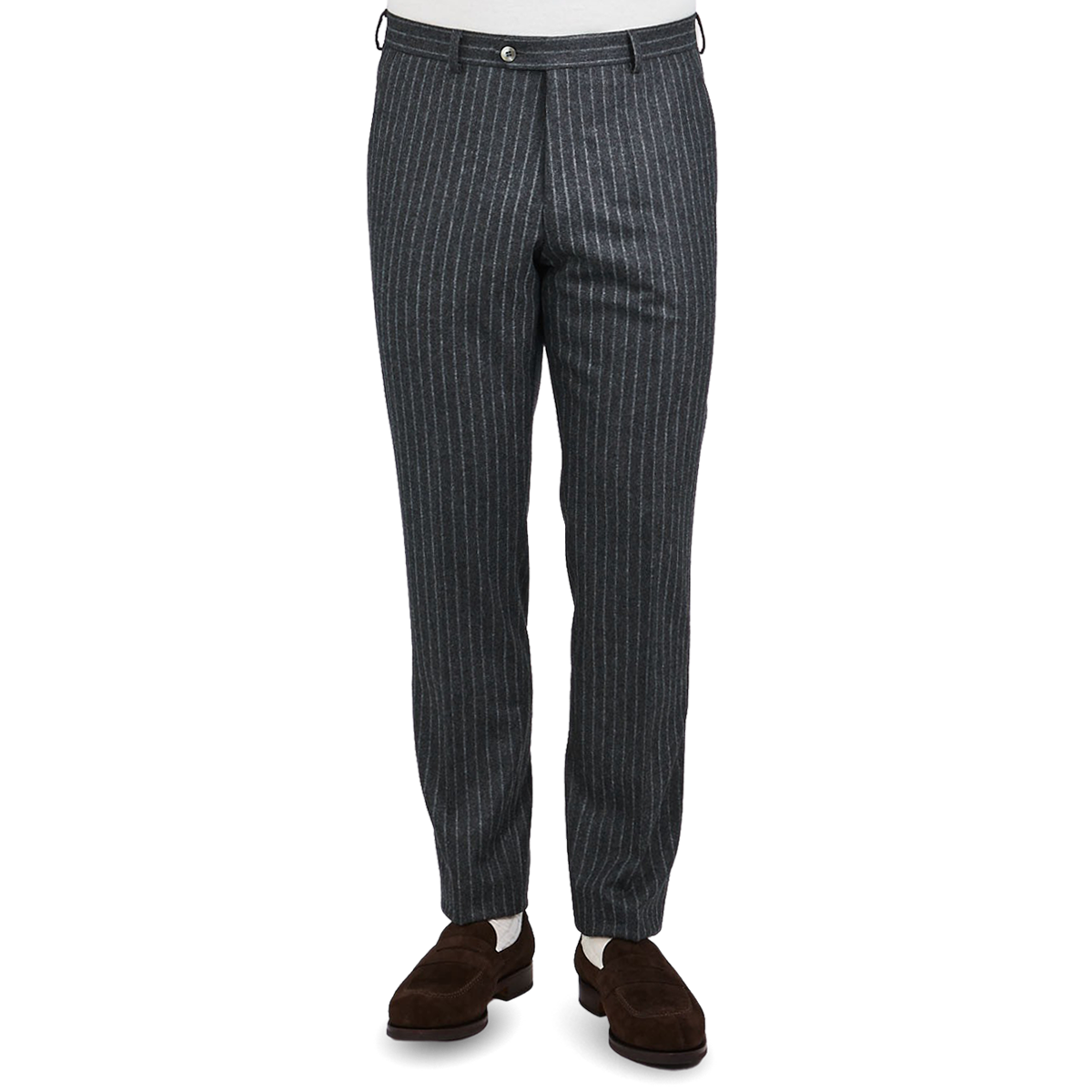
This country/continent has many more sheep than it has people, and the majority of these sheep are merino. This fabric type is especially popular in bedsheets many consumers prefer flannel sheets during the winter due to their increased softness, moisture wicking, and perceived coziness.ĭepending on which material it’s made from, the world’s biggest flannel producer may be any of the following three countries:Īustralia. Men's Scotch Plaid Flannel Shirt, Traditional Fit Accessoriesįlannel is sometimes used in bags, purses, and belts, often with a plaid color pattern.ĭue to its association with plaid, many decor items and other homewares feature flannel napping. Further distinctions are generally only made by professionals in the apparel or textile industries. In addition to shirts, flannel is often used in sweaters, cardigans, and other cold-weather layering garments.Įssentially, any cotton, wool, or synthetic garment that has been napped on one or both sides can be considered to be flannel. The plaid flannel button-down is iconic of the outdoors lifestyle, and this look has been repeated countless times with fabrics other than the original wool. If you’re looking for the safest, most organic flannel on the market, merino wool flannel is probably a good choice.įlannel fabric is used in a variety of market categories including: Wool is naturally flame-resistant, and any number of treatments may be applied to cotton flannel. Synthetic flannel is often provided with a flame-retardant coating that may be toxic. Naturally, the fiber stays together since it has been woven into a matrix, but napping does decrease the durability of fabric somewhat. Napping is a process that distresses the spun fiber and makes it take on the appearance of unspun fiber. Some considerations may be made for yarn that’s intended for use in flannel, but the main distinguishing marks of this fabric appear during the weaving stage.Ī twill or plain weave is usually used to make flannel, and the woven fabric may be napped on one or both sides to create a soft texture that hides the weave. Next, the textile yarn is spun in much the same way that other fabric yarn is constructed. Finer fabrics like silk are not suitable for flannel production. Depending on the type of end product desired, this material may be cotton, wool, or a synthetic textile. There are a few stages in the production of flannel fabric:įirst, the base material for flannel is acquired. While some plaid shirts and other types of plaid apparel are made from flannel, not all plaid garments are flannel.īuy high-quality, low-priced flannel fabric While plaid refers to a particular pattern that can be reproduced on any fabric or interior surface, flannel is a type of fabric that has been created with softness in mind. Nowadays, fabrics made with artificial fibers are considered to be in the same general category as traditional Welsh flannel garments that have been passed down through the generations.įlannel is not the same thing as plaid. Over the years, however, the definition of “flannel” has loosened and separated from the original Welsh meaning. Llanidloes flannel is very different from Newtown flannel, for instance, and Welsh flannel varieties vary significantly from all other European flannel types.Īs plaid experienced a brief resurgence in popularity in the 1990s, flannel also became in higher demand. These days, types of flannel are often known by their association with certain Welsh towns or regions. While flannel was periodically popular among the French and other European peoples throughout the Enlightenment era, interest has waned elsewhere while Welsh flannel use has only increased. It’s believed that the word“flannel” emerged in Wales, but we know for a fact that the term was in common usage in France in the form “flannelle” as early as the 17th century. Silk, for instance, is too fine to be made into flannel, which is supposed to be both soft and insulative.įlannel Cotton Red Blue Plaid Fabric Flannel in history Material: While many materials can be used to make flannel, not all materials are suitable for this fabric.Texture: Flannel has either a brushed or unbrushed texture, and both textures are equally iconic.Softness: Fabric must be incredibly soft to be considered flannel.Shirts, button-downs, blouses, cardigans, sweaters, vests, bedsheets, blankets, upholsteryĬotton Flannel Twill Brick Red What is flannel fabric?Įssentially, “flannel” simply refers to any cotton, wool, or synthetic fabric that fulfills a few basic criteria: Varies depending on the constituent fabrics - China, Australia, or India Varies depending on the constituent fabrics - generally medium to highīiggest exporting/producing country today

Varies depending on the constituent fabrics - generally high Varies depending on the constituent fabrics Various soft fibers that are either brushed or unbrushed


 0 kommentar(er)
0 kommentar(er)
